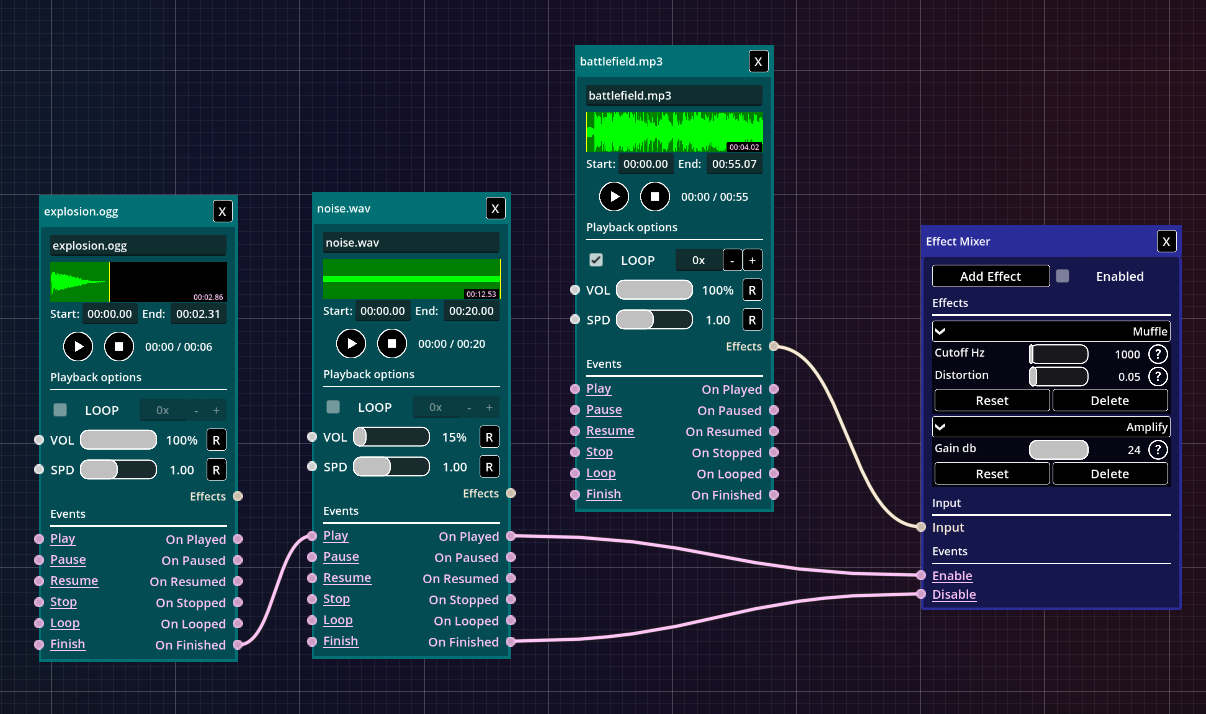What is it?
The Muffled Sound effect is a classic cinematic way to simulate disorientation and trauma. It usually follows a loud, violent event - like an explosion or crash - when the sound doesn’t cut out completely but instead becomes distant and dull, as if heard underwater. It mirrors how our ears react to extreme noise in real life, and it instantly puts the audience in the character’s head, letting them feel the confusion and fear that follows the blast.
Movie example
One of the most famous uses of this effect appears in Saving Private Ryan (1998), during the Omaha Beach landing. As Captain Miller and his men storm the shore, chaos reigns: gunfire, explosions, and screams everywhere. Then a shell detonates close to Miller, and everything changes. The sound drops to a low, muffled hum - gunshots fade to distant thumps, voices blur into echoes, and his breathing becomes the only clear noise. For a few moments, the audience shares his stunned, disoriented state before the real world crashes back in.
What to use it for?
As a Game Master, this effect is perfect for showing overwhelming moments - times when the world becomes too much to process. You can use it after a massive explosion, a powerful spell, or a shocking twist. Players will instinctively feel that something is wrong - their characters are dazed, stunned, or in shock.
After a few seconds, slowly bring the normal sound back: the voices of allies, the ringing of weapons, the crackle of fire. That gradual recovery makes the moment feel real and gives players a chance to emotionally reset before diving back into the chaos.
It’s a simple trick that turns an ordinary action scene into a cinematic experience - a reminder that even heroes can be shaken.
Do it with Music Master!
Watch out for the ringing noise - it might be unpleasant to listen to, so turn down the volume a bit.
- Add ambient track for the battlefield and loop it.
- Add an explosion sound effect. It has a bit long ending, so let’s just cut it short.
- Add noice sound effect. It should trigger right after the explosion. Set it’s volume to 15%, and connect it with the explosion effect.

Fig. 1 - Ambient, explosion and noise.
- Add an effect mixer and disable it by unchecking the “Enabled” button;
- Add the “Muffle” effect to the mixer. Leave the effect params as is (you can play with them later).
- Add the “Amplify” effect to the mixer. It will amplify the volume after the muffle effect has been aplied. Set it to 24 dB.

Fig. 2 - Effect mixer with muffle and amplify effects.
- Connect the ambient track to the effect mixer. It will be muffled only after we enable the mixer.
- Connect the noise track to the effect mixer. When the noise starts playing, enable the mixer. That will muffle the ambient sounds. When the noise finishes playing, disable the mixer. That way we can recreate a short moment of shock, that is as long as the ringing noise.

Fig. 3 - Everything ready.
- Play the ambient track, and after a while play the explosion sound effect. The rest works automatically!
Ready when you are
Let your players hear the world through their character’s ears - use Music Master to recreate the haunting, immersive sound of shock and survival.